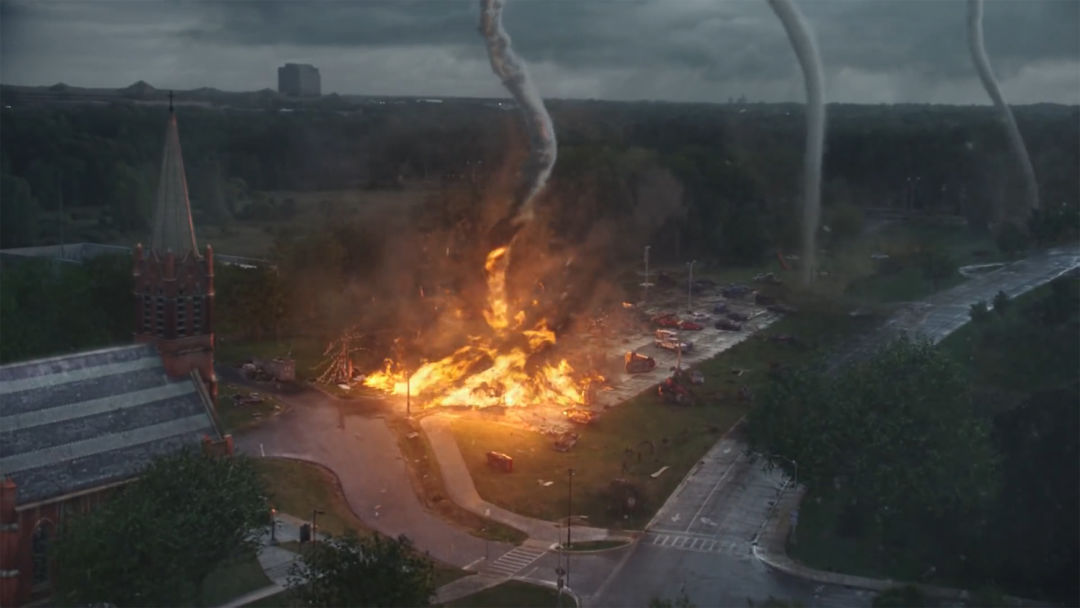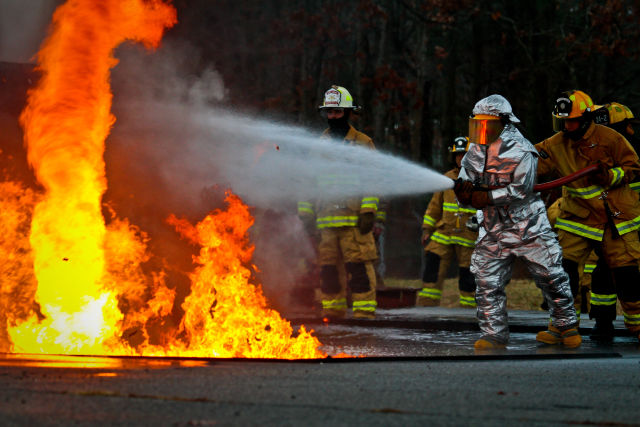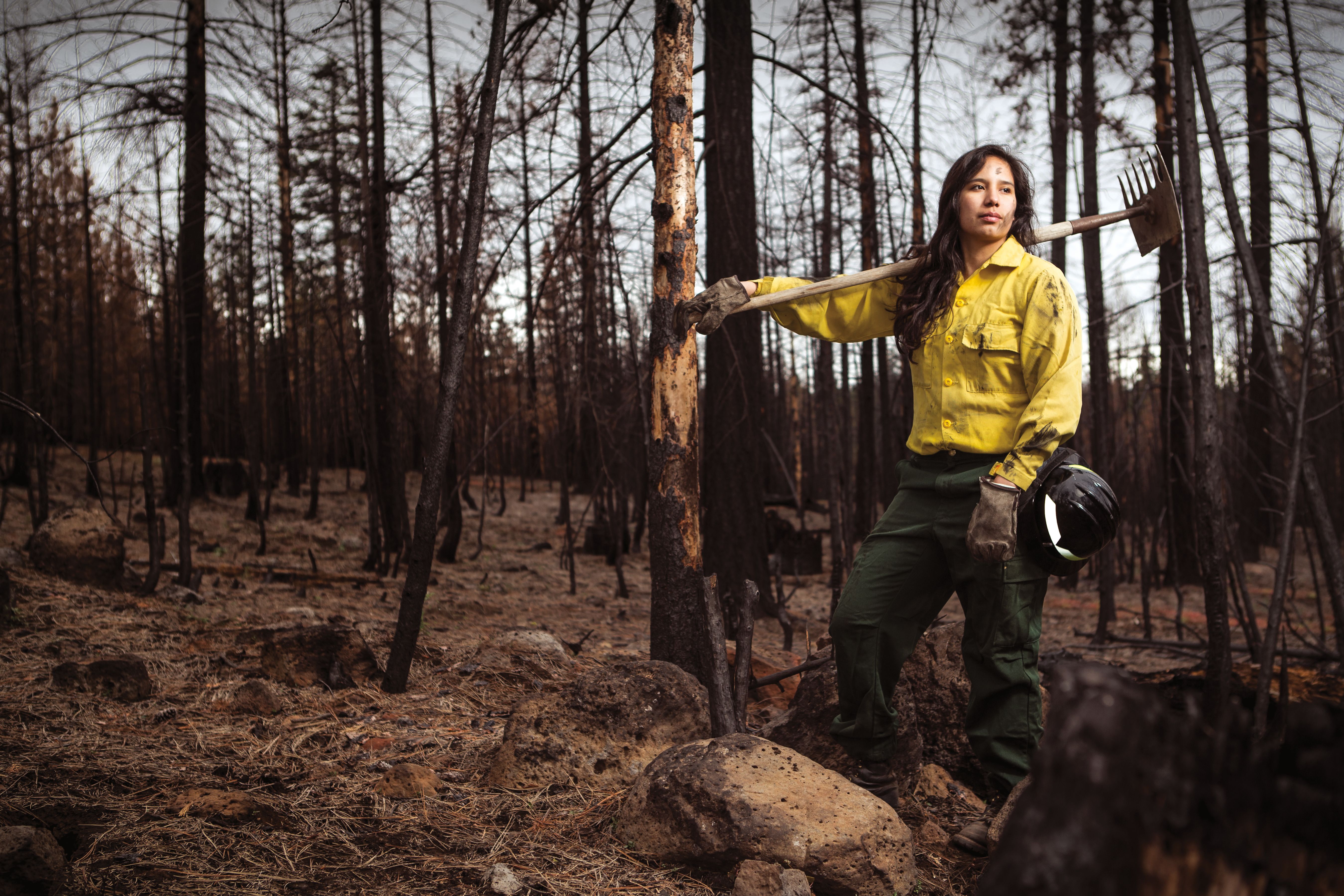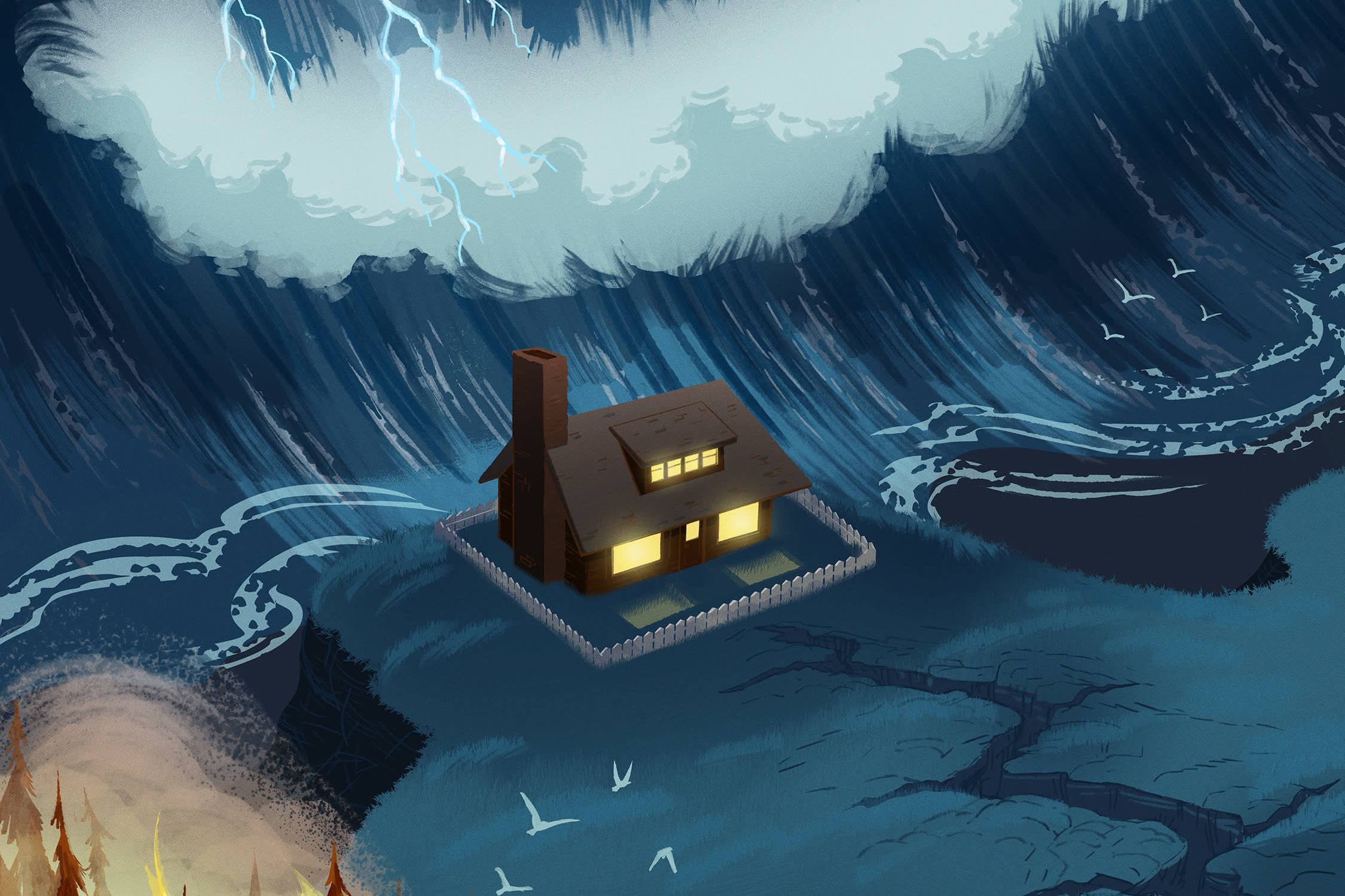The Hottening: Five Tips For Fire Season

Okay, so this is a still from HBO's 2014 made-for TV-movie Into the Storm— but this could probably totally happen!
Image: Warner Brothers
It’s hot—like triple digits hot, too hot for words hot, must-have-AC hot. Summer is legit happening, and so is Oregon’s fire season. Understand that the recipe for most outdoor fires is simple: just take rising temperatures and unrelenting sunlight, and add human error. (A lightning catalyst, at least in Oregon, is much less likely.)
Errors have already been made. Last week, 170 acres burned just outside of Sunriver—causing an evacuation for many. Crews are still battling a 3,400-acre fire near Paisley (one of four fires started this past Wednesday). And last Friday, Cornelius experienced a “firenado” right off Highway 26.
The Oregon Department of Forestry officially declared the 2016 fire season open on June 3 of this year, and given climate trends, it could well be another long season of smoky skies and compromised drinking water. Brush up on Oregon fire season with these five tips, trends, and backgrounders.
One of the worst fires in Oregon history was in 2012.
According to the National Interagency Fire Center, Long Draw burned 557,628 acres in southeastern Oregon. Since the beginning of records, 470 wildfires have burned 2,685 acres on Oregon Department of Forestry (ODF)-protected land. Crazy enough, six historic wildfires occurred in Oregon.
Most Oregon wildfires are actually caused by human error.
According to ODF, in 2013 humans caused 222 fires in southern Oregon, which cumulatively burned 794 acres. Overall, ODF says that 84 percent of fires started on ODF-protected land are caused by human error. (Just glance at the department's daily log and you'll get the idea.) So when the temperature is pushing 100, and there’s no rain to be found, perhaps avoid haphazardly tossing cigarette butts on the ground, leaving recreational fires unattended, and leaving trash that could easily catch fire lying around. (Also, no outdoor welding, Burners!)
Firenados are real.
Recently, fires in Oregon and Colorado have been pulling a Dorothy, spinning themselves into what the professionals call “fire whirls.” These start as a small fire on the ground, swirling into a dirt and smoke devil that plumes north, like a ground tornado, except literally made of fire. (Not sure we'd pause to photograph it, as did these guys, but hey, we all need disaster imagery, so keep on chasin’.)
Fires don’t have to be blazin’ in Portland for you to check up on that smoke.
It’s easy to forget that smoke travels. A fire might be hours away—like that firenado in Cornelius—but the air quality in Portland can still be compromised, depending on the wind patterns that day or week. The best thing to do in cases of fire is to check this Oregon smoke website for up-to-date alerts and information about current blazes. It’s important to stay inside when the air quality is dangerous, and be cautious of drinking water that may come from wells or water sources placed near a burning or recently extinguished fire.

Battling a human-caused blaze on roadway.
Image: Creative Commons
Not gonna lie: climate change probably means a lot more forest fires in Oregon.
At a climate conference held in Oregon some years back, students at Washington University presented a study that predicted increased temperatures and reduced snow—resulting in “an increase in the length of the fire season and in the likelihood of fires east of the Cascades.” Yup, that all happened. Now the trend is a spike in what the World Resources Institute calls “extreme fires.” Could Oregon actually become a charred desert landscape in our lifetime? That's the fear of Karlen Yallup, a Warm Springs firefighter featured in our September issue. Says Yallup: “If things don’t change, Oregon will become a grassland and shrub ecosystem; we’ll lose all our trees. It’s all about balance. And I don’t think, with climate change, that fire management knows what balance is anymore.”
Keep up-to-date with information about Oregon wildfires on the National Interagency Fire Center website.




